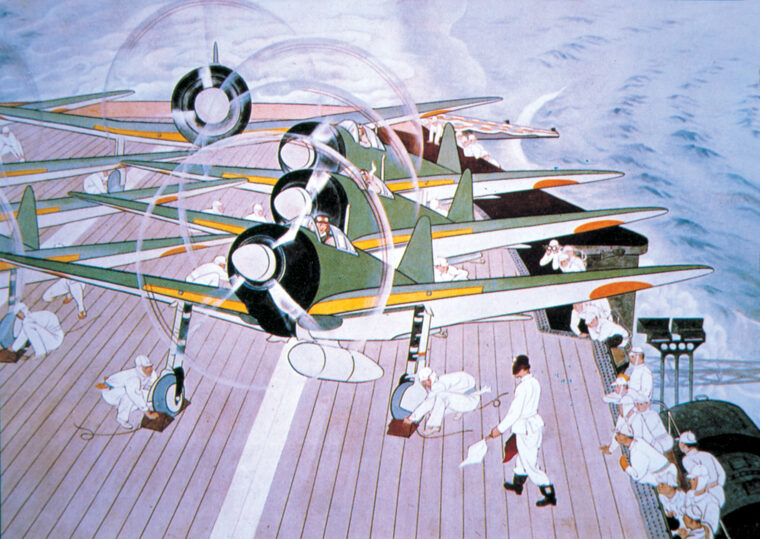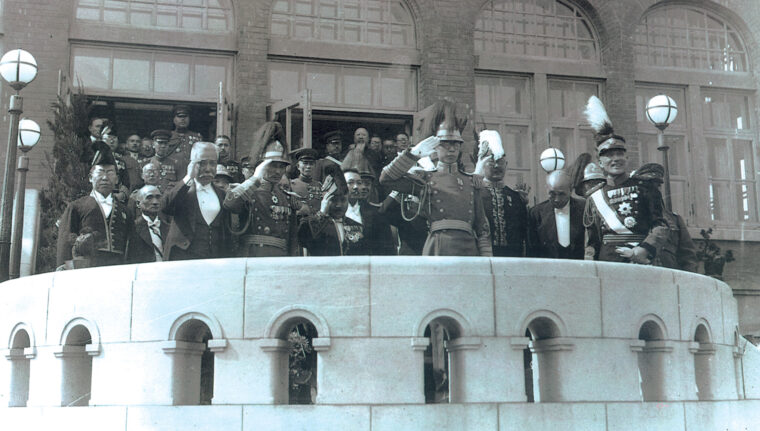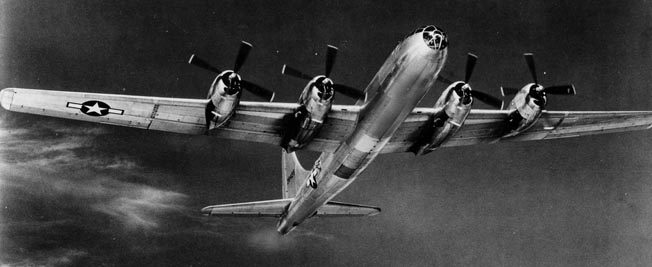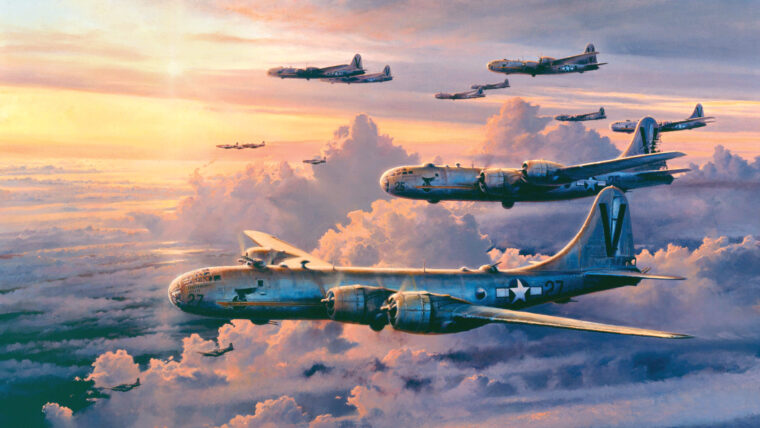
Tokyo
Soviet Military Intelligence: Richard Sorge
By Pat McTaggartThe Siberians are coming!” It was a cry that spread terror through the ranks of the German Wehrmacht in the winter of 1941. Read more

Tokyo
The Siberians are coming!” It was a cry that spread terror through the ranks of the German Wehrmacht in the winter of 1941. Read more

Tokyo
Superficially, Phil Cochran personified the WWII fighter pilot, a combat daredevil, nonchalant about the niceties of rank and zealous in pursuit of what he called “chicks.” Read more

Tokyo
Morris “Moe” Berg was a man of many talents: linguist, lawyer, baseball player, spy. Although this Renaissance man gained a modicum of celebrity on the baseball diamond, Berg is best remembered as an operative for the OSS (Office of Strategic Services), a World War II forerunner of the U.S. Read more

Tokyo
In mid-December 1941, during the thick of the Battle of Wake Island, the 400 U.S. Marines who called the island outpost home stood a lonely sentinel in the watery Central Pacific wilderness, like a cavalry fort in an oceanic version of the Western frontier. Read more

Tokyo
At 11:30 pm on December 22, 1948, four handcuffed men were led by guards into the chapel of Tokyo’s Sugamo Prison. Read more

Tokyo
World War II was responsible for numerous technological advances, not the least of which was the establishment of the largest airline in history. Read more

Tokyo
In warfare, desperate times call for desperate measures, and in the fall of 1944 the empire of Japan found itself in precisely that predicament. Read more

Tokyo
In May 1939, Mongolian herdsmen and part-time militia cavalry crossed the Khalkhin Gol, or Halha, River near the village of Nomonhan in Manchurian-claimed territory. Read more

Tokyo
As the Japanese delegation stood on the deck of the battleship USS Missouri on September 2, 1945, preparing to sign the documents that ended World War II, a large formation of Boeing B-29 Superfortress heavy bombers swooped low over Tokyo Bay as a reminder of the terrible destruction that had befallen their nation and turned Japan’s cities into ruins. Read more

Tokyo
They said it couldn’t be done. Doubters chided Henry Ford for declaring that his Willow Run Bomber Plant could turn out a B-24 Liberator heavy bomber every hour. Read more

Tokyo
“You know,” said Marine Maj. Gen. Clifton B. Cates to a war correspondent on the eve of Operation Detachment, the invasion of Iwo Jima, “if I knew the name of the man on the extreme right of the right-hand squad of the right-hand company of the right-hand battalion, I’d recommend him for a medal before we go in.” Read more

Tokyo
As one island or island group in the Pacific was fought over by American and Japanese forces, it became clear that Japan’s days as a combatant in World War II were numbered. Read more

Tokyo
Although located 420 miles west of Tokyo, the city of Hiroshima is today a tourist mecca, drawing tens of thousands of visitors from around the world for one single reason: to stand at the epicenter of history’s first nuclear explosion used against an enemy population. Read more

Tokyo
Major Sam P. Bakshas woke up that morning with the secrets in his head. He was one of the men flying B-29 Superfortress bombers from three Pacific islands—Guam, Saipan, and Tinian. Read more

Tokyo
From an altitude of 30,000 feet, the swift Japanese reconnaissance aircraft flew high over Saipan and Tinian, photographing the brisk and extensive engineering effort under way on the American airfields far below. Read more

Tokyo
Brave, urbane, and complex, Admiral Isoroku Yamamoto was Japan’s greatest naval strategist and the architect of one of the most stunning achievements in the history of modern warfare. Read more

Tokyo
When the Boeing B-29 Superfortress crews poured out of the briefing at North Field, Tinian, on the afternoon of March 9, 1945, they were disgruntled. Read more

Tokyo
Scanning over the maps unfolded before him in the division operations room, Colonel Gerald C. Thomas, 1st Marine Division G-3 officer, turned and muttered: “They’re coming.” Read more

Tokyo
It was a method of warfare that would have been anathema to Americans only a few short years before. Read more

Tokyo
The first good news in the war for the United States had been the Doolittle Raid on April 18. Read more